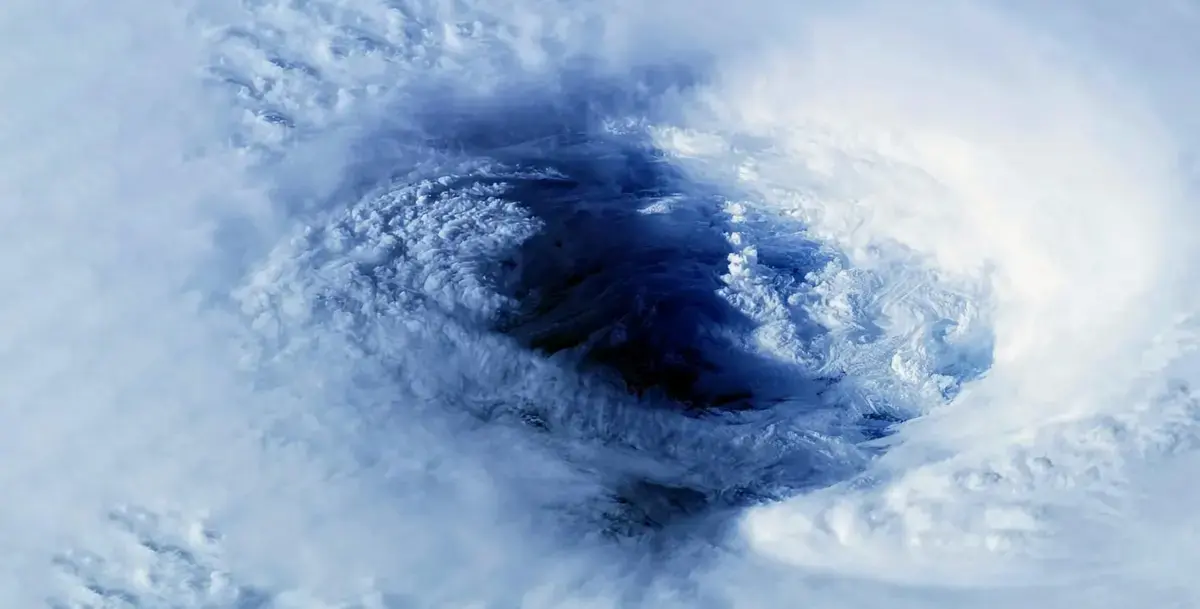Once a year, an ominous hole forms in the ozone layer above Antarctica’s icy desert. But the story of 2024 has become quite encouraging; because the annual ozone hole was smaller than in previous years. Scientists at NOAA and NASA predict that if we keep up this pace, we could see the ozone layer fully recovered by 2066.
Seventh smallest ozone hole
The 2024 ozone hole, which occurred during the peak depletion season from September 7 to October 13, was the seventh largest ozone hole in history. The Montreal Protocol, an environmental agreement to phase out the use of ozone-depleting chemicals, was ratified in 1992 and was a huge success.
Over the years, the ozone-depleting region has expanded alarmingly, and by 2024 it was almost three times the size of the continental United States. The ozone hole was at its worst on September 28, when it expanded to 8.5 million square miles before shrinking.
Restoration of the ozone hole
Experts attribute this year’s improvement to two key factors: a long-term decline in chlorofluorocarbons (CFCs) following the Montreal Protocol and a random increase in ozone carried by air currents from northern Antarctica. Paul Newman, head of NASA’s Ozone Research Group and chief scientist at NASA Goddard Space Flight Center, described the state of the ozone hole in detail.
“The Antarctic hole in 2024 is smaller than the ozone holes observed in the early 2000s. The gradual improvement we have seen over the last two decades shows that international efforts to limit ozone-depleting chemicals are working,” Newman said.
Our shield from the sun’s rays
The saturated ozone layer in the upper parts of Earth’s atmosphere acts as a planetary umbrella, protecting us from the sun’s harmful ultraviolet (UV) radiation. As the ozone layer thins, more UV radiation penetrates it, causing an increased risk of skin cancer, cataracts and damage to aquatic ecosystems, as well as reduced agricultural productivity.
Also read – Scientists have discovered a 4,000-year-old Bronze Age settlement hidden in an oasis in Saudi Arabia
In the 1970s, the scientific community was deeply concerned about CFCs, chemicals commonly used in refrigerants, aerosols, insulating foams, and even some fire suppression systems. These chemicals were destroying the ozone layer. By the mid-1980s the ozone layer over Antarctica was severely depleted.
That’s when the world came together to sign the Montreal Protocol in 1987, committing to phase out the use of CFCs by 2010 and replace them with environmentally friendly alternatives. Today we are witnessing the success of this global commitment.
The road to ozone restoration
Steven Montzka, a senior scientist at NOAA’s Global Monitoring Laboratory, urges caution.
“We see that the density of the ozone hole in 2024 is below average compared to other years of the last three decades, but the ozone layer is still far from fully recovered,” Montzka said. he said.
It will take decades for the Freons already in our atmosphere to break down. As levels gradually drop, we can expect the ozone layer to recover, leading to a slow but steady decline in ozone holes.
tracking our progress
NASA and NOAA scientists monitor the ozone hole annually and note that changing atmospheric conditions, including the transport of ozone-rich air from other regions, can affect its size and depth each year. Scientists rely on a number of systems to closely monitor the ozone layer. These include instruments on NASA’s Aura satellite and NOAA’s polar-orbiting satellites.
NOAA also uses weather balloons launched from the South Pole Atmospheric Observatory to measure ozone concentrations in Dobson units. The concentration in 2024 reached its lowest value of 109 Dobson units on October 5.
“This is well below the 225 Dobson units that were typical of the Antarctic ozone layer in 1979,” said NOAA research chemist Brian Johnson. “So there is still a long way to go before atmospheric ozone levels return to the levels they were before large-scale CFC pollution occurred.”
Also read – Scientists explain how marine heat waves affect ocean health
But it’s important to remember that every small step towards recovery brings us closer to a healthier planet.













